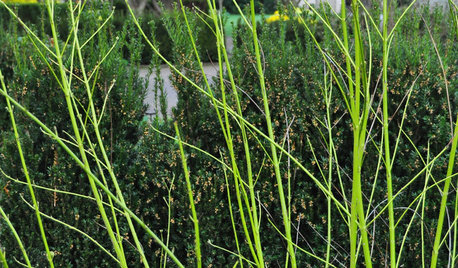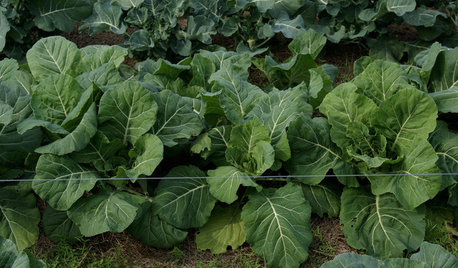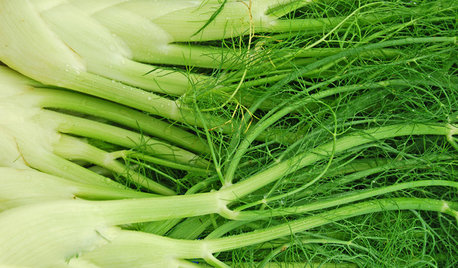adding lime to vegetables?
livvyliv10
16 years ago
Featured Answer
Sort by:Oldest
Comments (8)
jean001
16 years agoKimmsr
16 years agoRelated Professionals
Mitchellville Landscape Architects & Landscape Designers · Richmond Heights Landscape Architects & Landscape Designers · South Elgin Landscape Architects & Landscape Designers · Mooresville Landscape Contractors · Fort Mill Landscape Contractors · Lake Worth Landscape Contractors · North Highlands Landscape Contractors · Oklahoma City Landscape Contractors · San Pedro Landscape Contractors · Webster Groves Landscape Contractors · Shafter Landscape Contractors · Raytown Landscape Contractors · San Pablo Landscape Contractors · Minneapolis Decks, Patios & Outdoor Enclosures · Wentzville Decks, Patios & Outdoor Enclosuresgumby_ct
16 years agogumby_ct
16 years agodarkcloud
16 years agogumby_ct
16 years agoKimmsr
16 years ago
Related Stories

GARDENING GUIDESVegetables and Flowers Mix in Beautiful Edible Gardens
Ornamentals, meet your edible garden mates. We know you'll get along just beautifully
Full Story
Wake Up Your Garden With Lime-Colored Plants
A sprinkle of bright lime foliage can invigorate darker green garden areas and enliven shady spots all around your landscape
Full Story
TURQUOISESummer Color Combo: Turquoise and Lime
These Two Eye-Popping Hues Will Cool You Off on Hot Days
Full Story
COOL-SEASON CROPSCool-Season Vegetables: How to Grow Peas
Their sweetness isn't just for spring. Peas thrive in cool weather too, adding a garden-fresh note to soups, salads and more through fall
Full Story
KITCHEN APPLIANCESWhat to Consider When Adding a Range Hood
Get to know the types, styles and why you may want to skip a hood altogether
Full Story

COLORYou Said It: ‘Adding Color Is About So Much More Than Shock’ and More
Highlights from the week include color advice, Houzzers helping Houzzers and architecture students building community housing
Full Story
COOL-SEASON CROPSCool-Season Vegetables: How to Grow Collards
Look out, spinach. For fall and spring gardens with a little heat, collard greens may be the better choice
Full Story0

FARM YOUR YARDCool-Season Vegetables: How to Grow Lettuce
Leaf, butterhead, crisphead or romaine — lettuce is best harvested in the cool weather of spring and fall
Full Story
COOL-SEASON CROPSCool-Season Vegetables: How to Grow Fennel
Crunchy and highly flavorful, this herb loves a mild winter or a cool spring in the garden
Full Story0
More Discussions







edgman